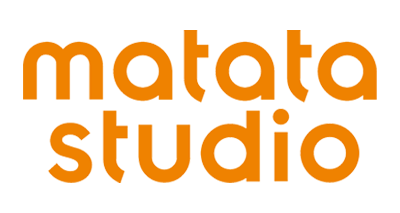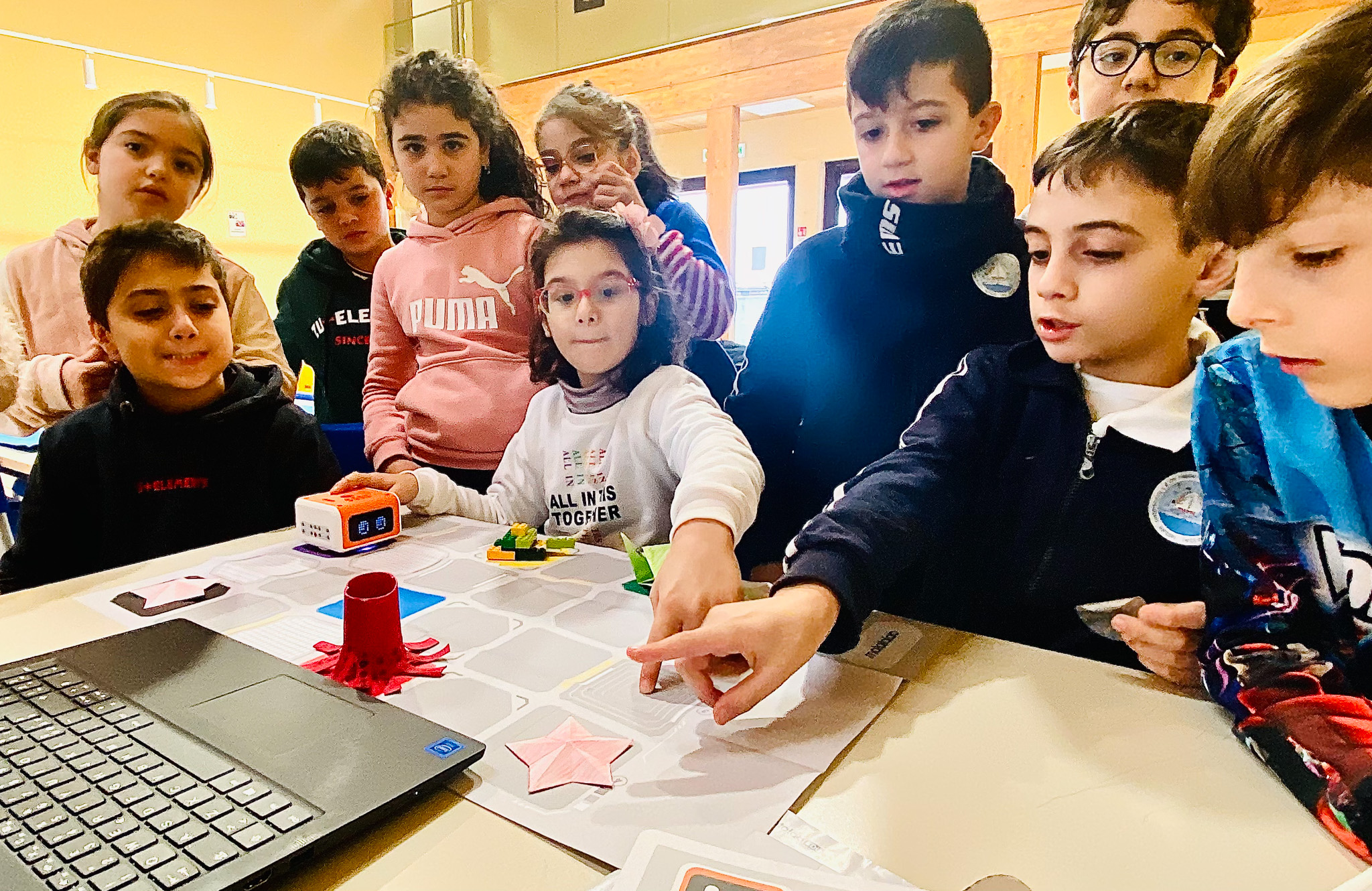
Location
Istituto Comprensivo Eduardo De Filippo, Italy
How many kids are in a group
25
How was the MatataStudio robot(s) used?
We used VinciBot to talk about the marine environment, eco-sustainability and recycling. A global challenge: for sustainable development, the 17 Goals of the 2023 Agenda take into balanced consideration the three dimensions of sustainable development – economic, social and ecological – and they aim to end poverty, fight against inequality, tackle climate change, and build peaceful societies that respect human rights.
Specifically, for our activity, we have taken into consideration GOAL 14, “LIFE UNDERWATER – Conserve and sustainably use the oceans, seas and marine resources for sustainable development”.
In this sense, we have started raising awareness among children with a video and reading of the book “The little girl and the ocean” to get help from the VinciBot robot.
So the first part is dedicated to storytelling: by following Odina’s adventures, students learn about the oceans and seas. Let’s watch a video ‘’The child and the ocean’’! Let’s read the book of the same name!
During this part, VinciBot moves on the map (planisphere drawing), from (our) Italy to Coral Island. During its journey VinciBot meets fish and other sea animals.
Moving from Coral Island – the geographical setting of both the book and the cartoon – we learn about life in the oceans and the seas. After watching the video, we take time for discussion, where the children together with the teacher aim to understand the key concepts and the setting. The children are free to think and express their emotions.
While VinciBot moves on the map, we talk about waste sorting and what we can do to avoid polluting the seas and oceans and we learn about the web app for programming VinciBot (coding.matatalab.com).
We observe the visual programming blocks and the movement of the robot as we program it to collect the waste and to meet the characters of our story that live in the sea.
We operate classifications based on the materials of the objects itself: we keep on talking about waste sorting.
In this learning path we learn the block visual programmation too: the elementary instructions, the bug, the debugging, the repetitions, the sequence in a program, the algorithm.
What skills did it develop?
Main objectives:
- Bring pupils back to nature, after the pandemic;
- Bring pupils to explore the blue and the green that surround us;
- To promote the development of a civic conscience towards the world and a responsible behaviour towards the environment;
- To promote the perception of each student as an active and responsible part in the world;
- To help the students develop co-working skills, team working, conflicts management and resolution, learning from their mistakes;
- To stimulate the written and oral comprehension, the expansion of vocabulary, the ability to understand, select and connect information;
- To acquire new skills in the use of visual programming language or block coding (basic instructions, sequences of instructions, algorithm, instructions repetitions, bug, debugging);
- To promote the use of programming environments: Matatalab web app;
- To promote orienting skills creating thematic maps for marine environment;
- To be able to use units of measurement to help moving the robot on the thematic map and to program its path;
- To help students acknowledge the main biological features of animals and vegetation in their own habitat.
The lab activities with VinciBot focused on the game and helped the pupils develop the following skills:
- Acknowledgment of marine ecosystems;
- Artistic, linguistic an digital creativity;
- The development of a civic conscience towards the world and a responsible behaviour towards the environment;
- Problem solving.
What worked best and what was challenging?
The activities in the small group are more effective. Like all activities of educational robotics: each robot should have a group of no more than four children.
VinciBot, like the other Matatalab robots, has a pleasant and nice structure and they are very intuitive to use. So they are excellent mediators to keep children’s attention on the teaching activity: they ALWAYS experience it as a “game” and so they don’t realise that they are learning school contents.
How did students respond?
Pupils really enjoy using block visual coding web app. With the web app, they all carried out a project in the reserved area, with an account created by their teacher. They easily learned the suggested teaching contents and the first concepts of instrumental literacy of coding, planning the journey of the VinciBot and programming its movements with visual blocks of programming. They corrected bugs and debugged without ever giving up or taking their eyes off the task.
Share Your Comments Upon The Class Using VinciBot:
VinciBot provides very efficient and engaging learning by doing experience: the robot helped simplify difficult concepts making them more accessible and fascinating for my students.
One of the strengths of VinciBot is its versatility, very important in class where teachers have to adapt to different styles and learning demands.
Quite often the students won’t ask for a snack, unless you tell them it’s time to stop playing “games.”
VinciBot and its web app manage to leverage children’s interests, putting their motivations at the centre, precisely because they are the ones who build their game and their story.
What Is (are) your favourite function(s)?
- The free coding platforms with both
- Scratch and Python
- Dancing function
- Drawing function
- Rich sensors
- 16×8 LED matrix
- 6 LED lights on the top – DIY light effect with paper craft, optical fiber strips or acrylic boards
- Music creation with 21 instrument sounds
- Compatible with LEGO bricks, Technic motors, and other third-party electronic modules
- Rechargeable
- Can last for 4 hours and up
- Three preset modes with the IR controller – IR remote control, line following, and drawing
Other:
- The easy function of the web app;
- The precise drawing of VinciBot;
- The precision in the robot movements;
- Interactive lights and sounds;
- The ability to build a new artefact: multiple VinciBot robots can be assembled together.
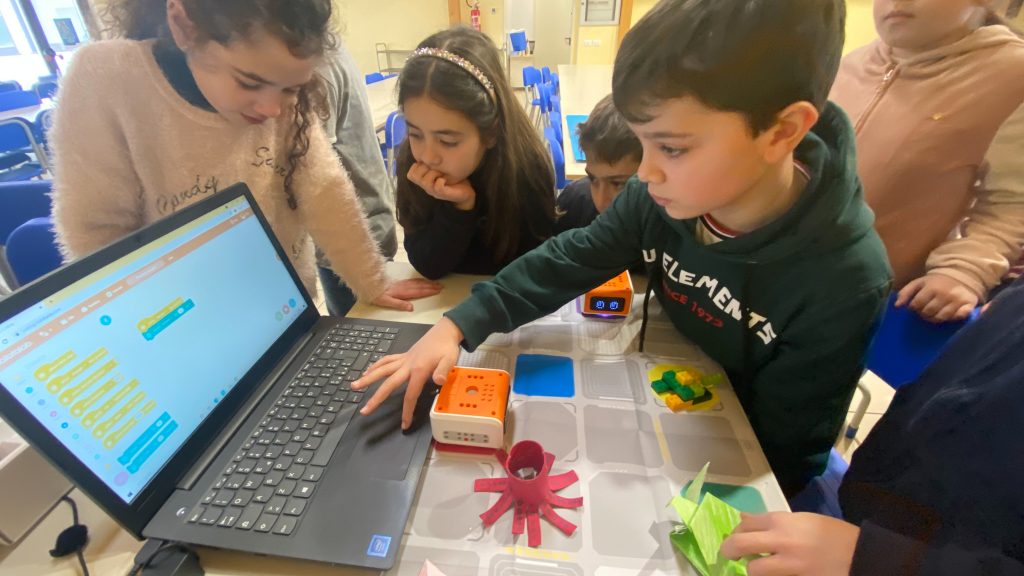

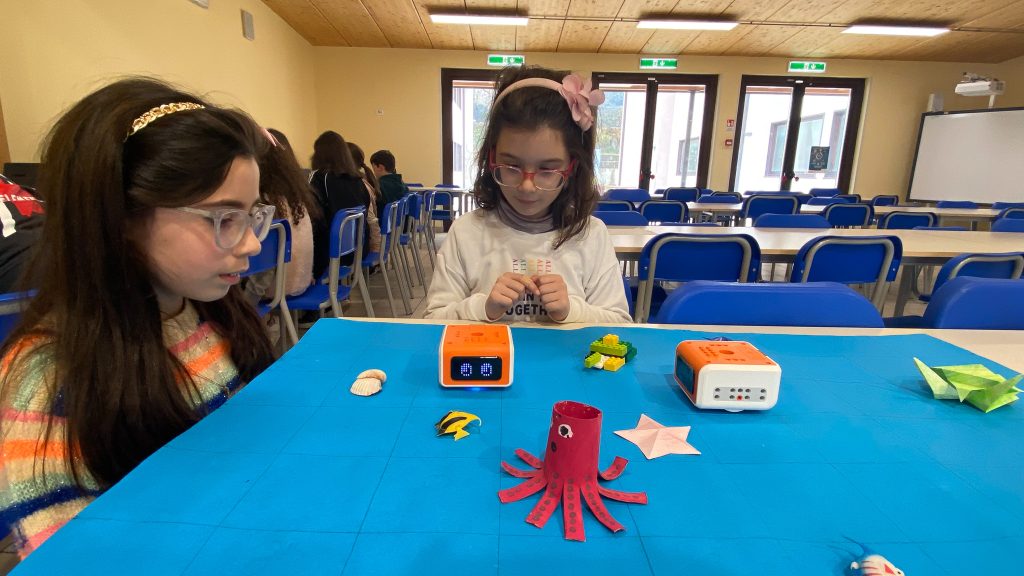
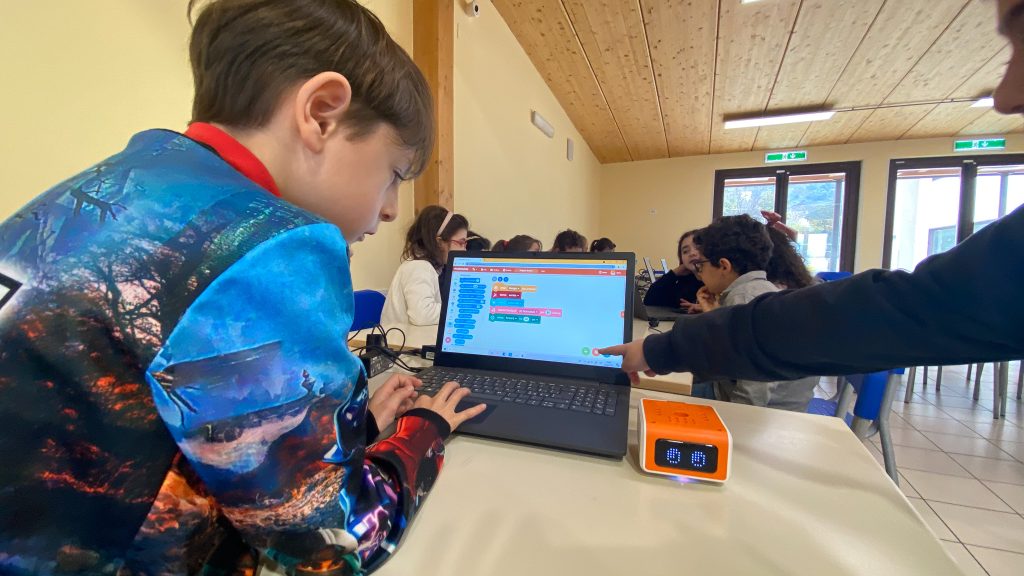
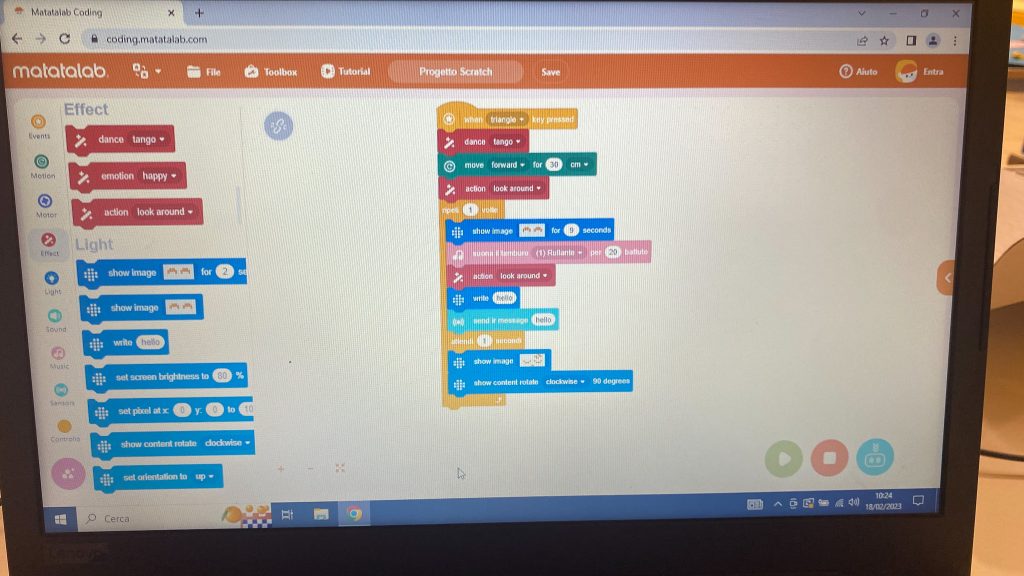

 日本語
日本語